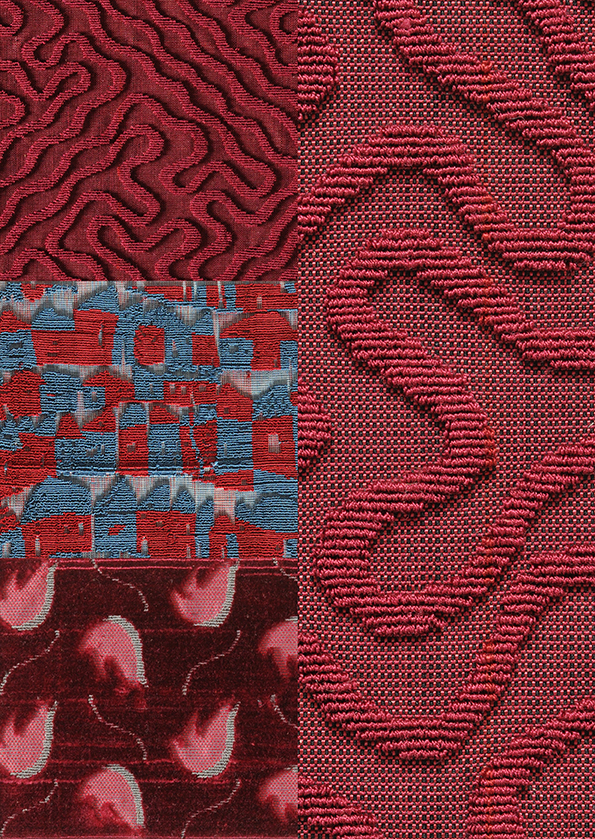

(Photo: GORD GOBLE)Īnd I was intrigued – more so when I stared into the eye-popping maze of threads and hooks that resides in its centre. Punch card variants eventually became de rigueur in a wide variety of machines throughout the 19th and 20th centuries, and are now commonly viewed as the first formative step in the age of computing.Ĭlearly, this was no ordinary loom, it was big-time history.Ī weaving instructor at Capilano College, Ruth Scheuing, helps Dario Bartolini and Julie Holyoke restore a Jacquard loom at Surrey Museum.

Each featured a unique array of holes, which were then “read†by the loom’s hooks and threads as a portion of a unique pattern. One other thing: The Jacquard loom was also the first-ever device to use “punch cards.†Another Jacquard invention, punch cards allowed the user to change patterns completely, merely by swapping out a gaggle of Swiss cheese-like cardboard plates. Jacquard, ingeniously, had figured a way to mass-produce sophisticated textiles by using a hyper-complex system of threads and hooks and, of course, that enormous wooden exoskeleton. This, I was told, was a Jacquard loom, a device conceived by French silk weaver and inventor Joseph Marie Jacquard in 1801 at the height of the Industrial Revolution.

It was so big that the two-person repair team currently walked comfortably atop it, their heads literally scraping the 12-foot raised ceiling.

Directly in front of me sat a monstrous behemoth, about the size of an ensuite bathroom. I didn’t have a single “wow†moment. So I certainly didn’t think my visit to Surrey Museum to report on the repair of an antique loom would produce a personal “wow†moment. I liken it to my girlfriend’s response when I start yapping about sports or cameras – the way her eyes gloss over as she contemplates her escape. SURREY — OK, I admit it: The concept of fabrics and needles and threads and the way they all work together to produce sweaters and curtains and tablecloths hasn’t exactly been my lifelong passion.


 0 kommentar(er)
0 kommentar(er)
